The 57 Models That Received IIHS Safety Awards for 2019 (Spoiler: There Aren't Many Americans)

Despite perpetually raising the bar on what constitutes automotive safety, the Insurance Institute for Highway Safety just gilded nearly five dozen models with Top Safety Pick or Top Safety Pick Plus awards. The metrics, which now hinge largely on a vehicle possessing crash avoidance systems and superior headlamps, require the highest rating available in passenger-side protection during its small overlap front crash to get the coveted Plus decoration — which 30 vehicles qualified for in the initial 2019 model year evaluation.
Hyundai, which managed to walk away with the most awards, swiftly issued a press release to humblebrag that it bested the competition two years running. Considering how well the Koreans performed, it was likely warranted. Automakers absolutely love this kind of stuff, so you can expect to see future references made to the awards in the next batch of car commercials.
“To repeat with the most number of awards in the industry is a great accomplishment,” said Andy Freels, president of the Hyundai America Technical Center. “Our blend of advanced safety features and structural engineering truly offer something that our owners and new car shoppers can really appreciate.”
Kia followed Hyundai’s ten awards with eight of its own, tying with Subaru for second place. These brands were pursued by Honda, Toyota, Mercedes-Benz, Genesis, BMW, Mazda, Nissan, Audi, Lexus, Acura, Mitsubishi, and Chrysler — in that order.
However, taking stock of which brands made the list is less interesting than keeping track of those that did not. The IIHS failed to award a single model from General Motors, Ford Motor Co., Volvo (which hasn’t been thoroughly tested yet), Jeep, Ram, Dodge, or Tesla. But for those actively seeking a new vehicle and not interested exclusively in brand bashing/praising, the most important thing is which models made the cut. Here are the 2019 IIHS Top Safety Pick Plus honorees for each segment:
Small Cars
Honda Insight
Midsize Cars
Hyundai Sonata
Large Cars
Toyota Avalon (assembled after September 2018)
Small SUVs
Hyundai Kona
Midsize SUVs
Hyundai Santa Fe
You’ll notice it wasn’t a bad year for Hyundai Motor Group and and Subaru. Unlike most American brands, they’ll both crop up again in the slightly less auspicious list of Top Safety Pick awardees:
Minicars
Hyundai Accent
Small Cars
Hyundai Elantra GT
Midsize Cars
Honda Accord
Large Cars
Kia Cadenza
Small SUVs
BMW X2
Midsize SUVs
Honda Pilot
Minivans
Chrysler Pacifica
While the Big Three clearly need to step up their game if they want to get into the institute’s good graces, keep in mind that the organization’s testing involves hurling these vehicles at a stationary object to use their own mass against them and is heavily weighted by headlight performance. The Kia Rio might have won the trophy, but we’d still rather be in a Chevrolet Suburban in a head-to-head confrontation between the two. Still, if you’re cross-shopping models in a similar segment and safety is your primary concern, you might want to see what made the above list.
“We challenged manufacturers to provide the best possible protection in a range of crash scenarios and equip vehicles with an automatic emergency braking system to avoid crashes, as well as offer headlights that give drivers confidence when traveling at night,” said IIHS-HLDI President David Harkey.
He attributed the American brands’ lackluster performance to subpar headlamp performance and fleets populated with too many older models that hadn’t been updated to ace its small overlap frontal crash test. If you want a more comprehensive breakdown as to why certain models didn’t pass muster, head over to to the IIHS’ website for a deeper dive.
[Image: Hyundai]

A staunch consumer advocate tracking industry trends and regulation. Before joining TTAC, Matt spent a decade working for marketing and research firms based in NYC. Clients included several of the world’s largest automakers, global tire brands, and aftermarket part suppliers. Dissatisfied with the corporate world and resentful of having to wear suits everyday, he pivoted to writing about cars. Since then, that man has become an ardent supporter of the right-to-repair movement, been interviewed on the auto industry by national radio broadcasts, driven more rental cars than anyone ever should, participated in amateur rallying events, and received the requisite minimum training as sanctioned by the SCCA. Handy with a wrench, Matt grew up surrounded by Detroit auto workers and managed to get a pizza delivery job before he was legally eligible. He later found himself driving box trucks through Manhattan, guaranteeing future sympathy for actual truckers. He continues to conduct research pertaining to the automotive sector as an independent contractor and has since moved back to his native Michigan, closer to where the cars are born. A contrarian, Matt claims to prefer understeer — stating that front and all-wheel drive vehicles cater best to his driving style.
More by Matt Posky
Latest Car Reviews
Read moreLatest Product Reviews
Read moreRecent Comments
- Oberkanone Nope. No interest.
- SilverCoupe Tim, you don't always watch F1 as you don't want to lose sleep? But these races are great for putting one to sleep!I kid (sort of). I DVR them, I watch them, I fast forward a lot. It was great to see Lando win one, I've been a fan of McLaren since their heyday in CanAm in the late '60's.
- Cprescott The problem with this fable by the FTC is:(1) shipping of all kinds was hindered at ports because of COVID related issues;(2) The President shafted the Saudis by insulting them with a fist bump that torqued them off to no end;(3) Saudis announced unilateral production cuts repeatedly during this President's tenure even as he begged to get them to produce more;(4) We were told that we had record domestic production so that would have lowered prices due to increased supply(5) The President emptied the strategic petroleum reserve to the lowest point since the 1980's due to number 3 and then sold much of that to China.We have repeatedly been told that documents and emails are Russian disinformation so why now are we to believe this?
- Ollicat Another Biden attempt to say, "Look over there!"
- Kjhkjlhkjhkljh kljhjkhjklhkjh Who cares. Price of gas is not the issue. spending an extra 100$ a month over 4 tanks of gas is not the issue.this a political scam to distract really dumb people from the real issue. if rent and house payments were not up by 50% to as high as 150% higher in a ton of locations, then paying an extra 100$ in gas would be annoying but not really an issue. But the real-estate market with hedge fund investors, power-relator groups bought a ton of houses and flipped them into rentals and jacked up the rates uplifting the costs on everything else. and ironically no-one seems to be in any hurry to build more houses to bring those costs down because supply and demand means keeping less houses available to charge as much as you want. It is also not the issue as a secondary issue is child care costs and medical... again 100$ extra per month in gas is *nothing* compared to 800$ a month in ''child care'' and 300$ per visit to the doctor office, 300$ for a procedure less dentist trip..


















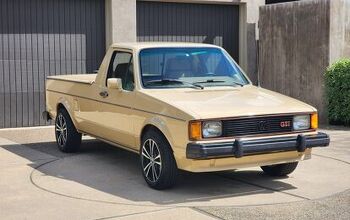

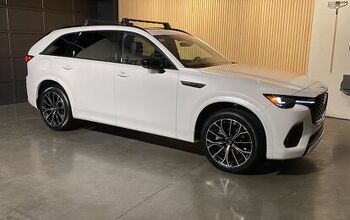
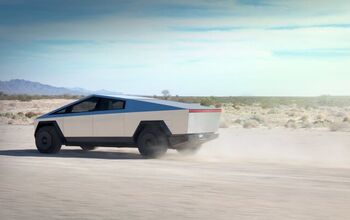

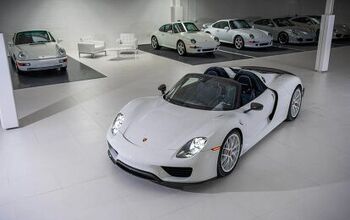
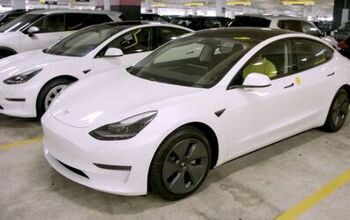
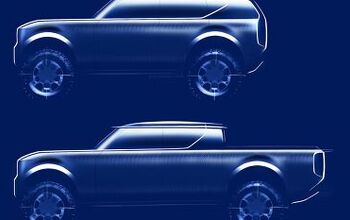
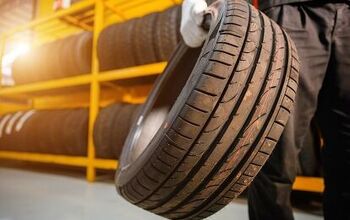
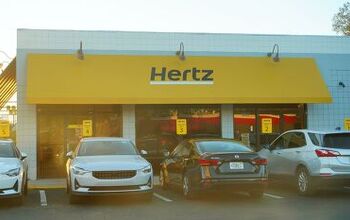
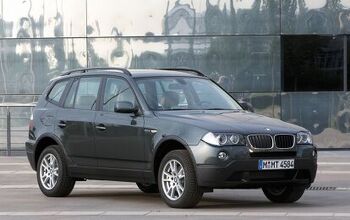

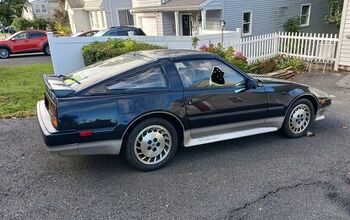
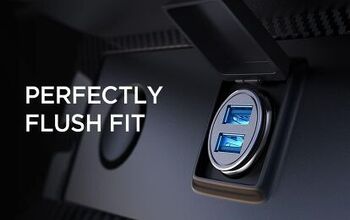
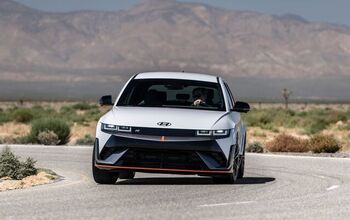
Comments
Join the conversation
Timely and good to know as my sister looks to replace her 2011 Explorer with either a Subaru Ascent or Toyota Highlander. One more data point for her to consider.
How many of these are built in North American plants? Obviously, none from the closing GM plants. How long would it take GM to have an upgraded vehicle, available for assembly in any of these plants? Could they 'wait' closing? They shouldn't expect to make 'non-desired sales. (Nor should the workers).